Photo

a tiny fraction of the ten zillion birds i’ve sketched in the past week
3K notes
·
View notes
Photo

Torrent Duck (Merganetta armata) - photo by Steve Herrmann
406 notes
·
View notes
Audio
But suddenly now, I know where I belong It’s many hundred miles and it won’t be long
8K notes
·
View notes
Photo










Origami Animal Enamel Pins By Folditcreations On Etsy
*More Things & Stuff
2K notes
·
View notes
Photo
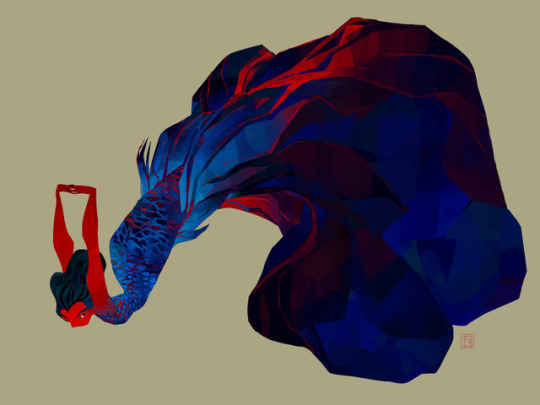
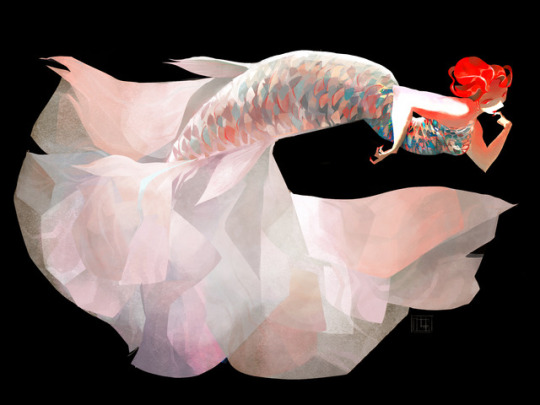

I can’t think of anymore betta puns so have all three together.
63K notes
·
View notes
Text
New Tool Aims to Make Surgery Safer by Helping Doctors See Nerves
During operations, it can be difficult for surgeons to avoid severing crucial nerves because they look so much like other tissue. A new noninvasive approach that uses polarized light to make nerves stand out from other tissue could help surgeons avoid accidentally injuring nerves or assist them in identifying nerves in need of repair.
Although nerve injuries are a known complication for many types of surgery, surgeries involving the hand and wrist come with a higher risk because of the dense networks of nerves in this area. There are a few techniques available to help doctors identify nerves, but they have various limitations such as not providing real-time information, requiring physical contact with the nerve or requiring the addition of a fluorescent dye.

(Image caption: The blue arrow highlights a vertical structure (A), which appears whiter after rotating the polarizers (B). The opposite occurs at the oblique structure (green arrow) indicating nerve tissue. Credit: Kenneth Chin, Academic Medical Center)
“We have shown that nerves can be distinguished in human tissue by detecting the interaction of light with the structure of nerves without the need for fluorescent markers or physical interaction,” said Kenneth Chin, a medical student at the Academic Medical Center (AMC), University of Amsterdam, Netherlands. “Using an intraoperative, noninvasive real-time method minimizes potential nerve damage, which can result in fewer negative consequences such as reduced function, loss of sensation or chronic pain.”
Cousins, Kenneth and Patrick Chin, developed the idea independently from any institute to use an optical technique known as collimated polarized light imaging (CPLi) to identify nerves during surgery. Kenneth later joined a research group led by Thomas van Gulik, a surgeon at the Academic Medical Center, and brought along a working prototype which has been further developed into a practical system that can be deployed in the operating room.
In The Optical Society (OSA) journal Biomedical Optics Express, the researchers report that a surgeon using CPLi technology was able to correctly identify nerves in a human hand 100 percent of the time, compared to an accuracy rate of 77 percent for the surgeon who identified nerves using only a visual inspection.
Distinguishing nerve tissue CPLi uses a polarized beam of light to illuminate the tissue. When this light passes through a nerve, the tissue’s unique internal structure reflects the light in a way that is dependent on how the nerve fiber is oriented compared to the orientation of the polarization of the light. By rotating the light’s polarization, the reflection appears to switch on and off, making the nerve tissue stand out from other tissue. For this application, it was important to use light that was collimated, meaning all the light waves were parallel to each other, to maximize the amount of light reflected by the tissue.
“We adapted the optics used for CPLi so that they could be incorporated in a surgical microscope, which can be placed above the surgical area,” said Kenneth Chin. “The resulting system can be used in a wide range of surgical fields where superficial nerves need to be identified.”
After testing their technique on animal tissue, the researchers used it to examine 13 tissue sites from the hand of a human cadaver. A surgeon looked for nerve tissue at these sites by eye under typical surgical illumination while a different surgeon used CPLi for an independent assessment. Histological evaluation was then used to verify the presence of nerve tissue at each site. The surgeon using visual inspection correctly identified nerve tissue in 10 of the 13 cases while the surgeon using CPLi correctly identified nerve tissue in all cases.
With patient consent, the researchers also used CPLi to successfully identify nerve tissue during a procedure to relieve pain in the wrist. They plan to do additional tests of the technique during live surgery to better understand how the optical reflection of nerves might vary among patients and under various surgical conditions.
“This technique could improve the effectiveness of surgical interventions by helping the surgeon identify nerves in the operative field,” said van Gulik. “This leads to surgeons being more confident in their surgical procedure, which will lead to less accidental injury and more targeted surgical interventions.”
118 notes
·
View notes
Video
tumblr
wow, look at this! the overhanging leaves.. on the shoreline are pretTHERES A CRAB
130K notes
·
View notes
Photo










Wrapped up a long chapter of The sword Interval recently. This means it’s a pretty good time to start reading.
In this chapter, an army of animated plant monsters lay siege to a small Louisiana town while stealing its children, seemingly as revenge for some past misdeed on the part of the townsfolk. This chapter has fairies, golems, lots of plants, and betrayal.
This was one of the more complex chapters I’ve written, as well as the second longest so far. I’m pretty happy with it. Thanks to Natasha for doing the flat colors.
808 notes
·
View notes
Photo


Lapwing (Vanellus vanellus)
Vila Franca de Xira/Portugal (19/12/2017)
[Nikon D500; ∑ 150/600mm C + ∑ TC-1401]
19 notes
·
View notes
Photo
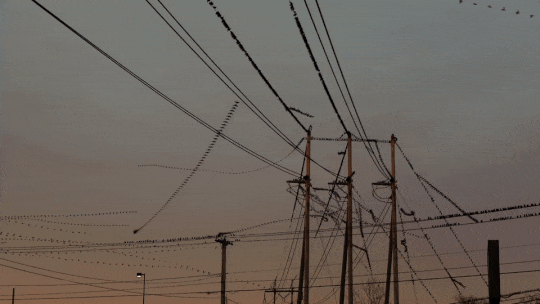
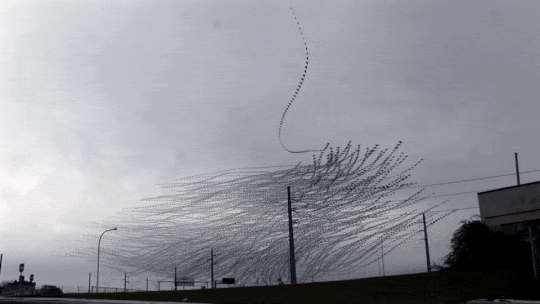
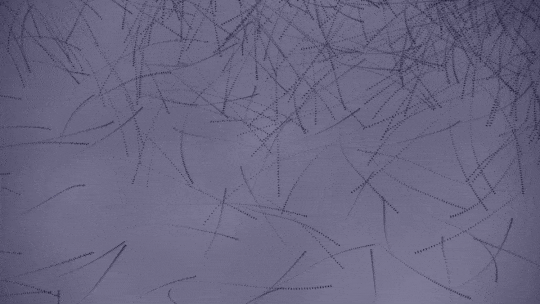
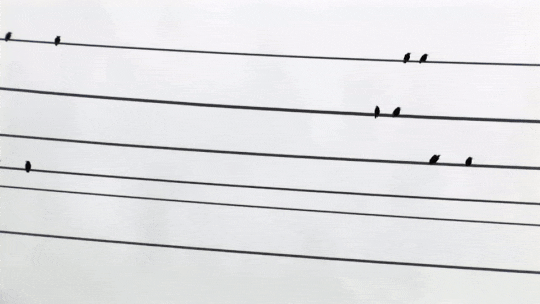
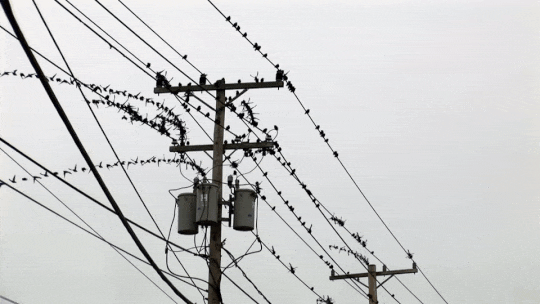
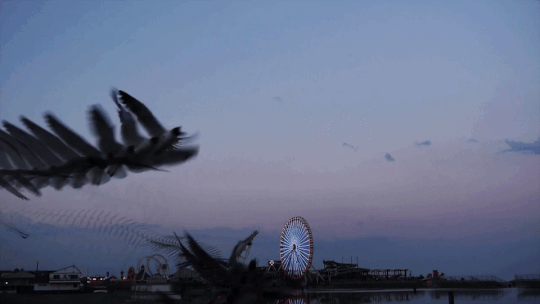
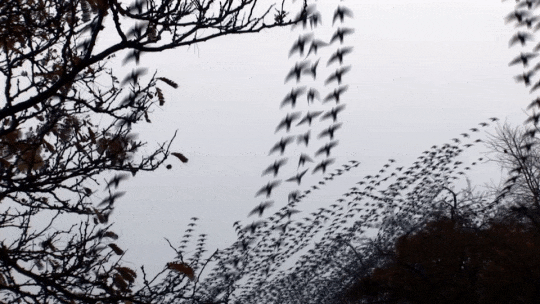
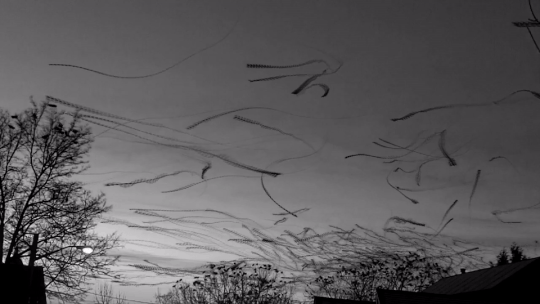
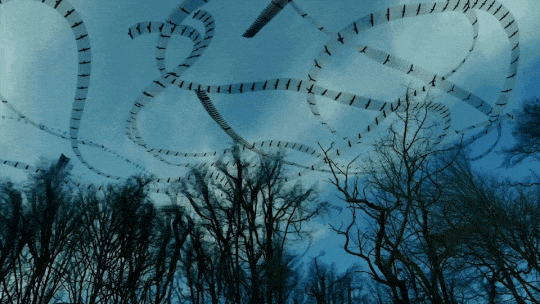
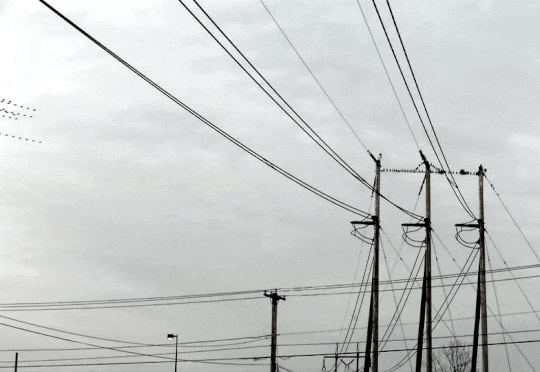
Revealing the Hidden Patterns of Birds in Motion
Dennis Hlynsky, a film and animation professor at the Rhode Island School of Design, creates videos at the intersection of art and science. Hlynsky transforms ordinary footage of birds and insects into ethereal illustrations by digitally tracing the paths they travel.
Hlynsky’s work is typically featured in galleries, where the video is projected on large screens with recorded sound. To see more videos from Hlynsky, please visit his Vimeo channel.
GIFs by ARCHatlas Text + video via
76K notes
·
View notes








